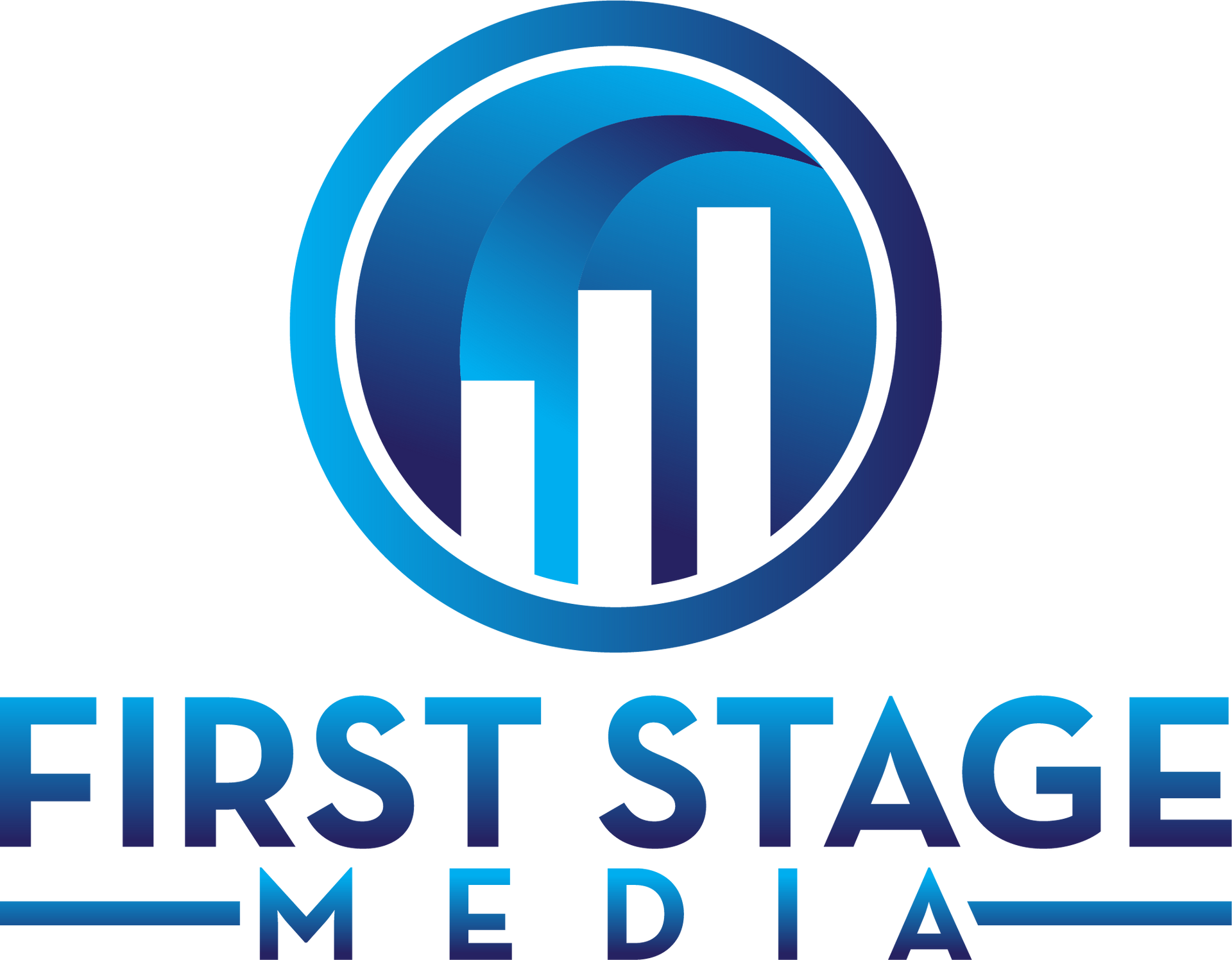This is a subtitle for your new post

The Ultimate Guide to Social Media Marketing Tools: Boost Your Brand's Online Presence
In today's fast-paced digital landscape, mastering social media marketing is more crucial than ever for brand success. With countless platforms and ever-evolving algorithms, brands need effective strategies and tools to stand out and engage their audience. The right social media marketing tools can streamline your efforts, enhance your brand's visibility, and drive meaningful interactions with your target market. This comprehensive guide will delve into the essential tools and techniques that can elevate your marketing strategies, offering solutions to the perennial question of how to grow my social media presence. Whether you're a seasoned marketer or new to the digital realm, these insights will empower your brand's online journey.
Introduction to Social Media Marketing
Social media marketing has become an indispensable part of any successful business strategy. Let's explore the fundamentals, the importance of the right tools, and how to grow your social media presence effectively.
Understanding Social Media Marketing
Social media marketing is the art of leveraging social platforms to connect with your audience, build your brand, and drive business results. It's about creating and sharing content that resonates with your target market, engaging in meaningful conversations, and building a community around your brand.
At its core, social media marketing involves understanding your audience's needs and preferences, then tailoring your content and interactions to meet those needs. This can include sharing blog posts, creating videos, running contests, or simply responding to comments and messages.
Effective social media marketing requires a mix of creativity, strategy, and consistency. It's not just about posting regularly; it's about posting content that adds value to your followers' lives and aligns with your brand's goals.
Importance of Marketing Tools
In the fast-paced world of social media, having the right tools can make all the difference. Marketing tools are essential for streamlining your processes, analyzing your performance, and maximizing your impact across various platforms.
These tools can help you schedule posts in advance, track engagement metrics, monitor brand mentions, and even identify trending topics in your industry. By automating routine tasks, you free up time to focus on strategy and creativity.
Moreover, marketing tools provide valuable insights into your audience's behavior and preferences. This data allows you to refine your approach, tailor your content, and make informed decisions about your social media strategy.
Using the right tools can also help you maintain a consistent brand voice across different platforms, ensuring that your message remains cohesive and impactful.
How to Grow My Social Media
Growing your social media presence is a common goal for businesses and individuals alike. It's not just about increasing follower counts; it's about building an engaged community that interacts with your brand.
Start by defining clear goals for your social media growth. Are you looking to increase brand awareness, drive website traffic, or generate leads? Your goals will shape your strategy and the metrics you'll use to measure success.
Consistency is key in social media growth. Develop a content calendar and stick to it. Regular posting keeps your audience engaged and helps you maintain visibility in crowded social feeds.
Engagement is a two-way street. Don't just broadcast your message; interact with your followers, respond to comments, and participate in relevant conversations. This builds trust and encourages ongoing interaction with your brand.
Lastly, don't be afraid to experiment with different types of content and posting times. Use analytics to understand what resonates with your audience and refine your approach accordingly.
Essential Social Media Marketing Tools
To excel in social media marketing, you need the right tools in your arsenal. Let's explore some essential categories of tools that can supercharge your social media efforts.
Tools for Content Creation
Content is the lifeblood of social media marketing. The right content creation tools can help you produce high-quality, engaging posts that capture your audience's attention.
Visual content tools like Canva or Adobe Spark allow you to create professional-looking graphics without extensive design skills. These platforms offer templates, stock images, and easy-to-use editing features that can elevate your social media aesthetic.
Video creation tools such as Animoto or Lumen5 enable you to produce compelling video content, even if you're not a professional videographer. With these tools, you can turn blog posts into video summaries, create animated explainers, or produce eye-catching social media ads.
For written content, tools like Grammarly or Hemingway Editor can help refine your copy, ensuring your messages are clear, concise, and error-free. This is crucial for maintaining a professional brand image across your social channels.
Analytics and Reporting Tools
To improve your social media performance, you need to understand what's working and what isn't. Analytics and reporting tools provide the insights you need to make data-driven decisions.
Tools like Sprout Social or Hootsuite offer comprehensive analytics across multiple platforms. They can track engagement rates, follower growth, and even sentiment analysis to give you a holistic view of your social media performance.
Google Analytics is essential for understanding how social media traffic translates into website visits and conversions. By setting up proper tracking, you can see which social channels are driving the most valuable traffic to your site.
For more specific insights, platform-native tools like Facebook Insights or Twitter Analytics can provide detailed data about your audience and content performance on those particular networks.
Scheduling and Automation Tools
Consistency is key in social media, but manually posting every day can be time-consuming. Scheduling and automation tools can help you maintain a regular posting schedule without being glued to your phone or computer.
Tools like Buffer or Publer allow you to schedule posts across multiple platforms in advance. This means you can plan your content calendar for weeks or even months ahead, ensuring a steady stream of content.
Automation tools can also help with tasks like curating content, reposting popular content, or even responding to common inquiries. However, it's important to use automation judiciously to maintain an authentic brand voice.
Some tools also offer features like optimal time posting, which analyzes when your audience is most active and schedules posts accordingly. This can help maximize your reach and engagement without additional effort on your part.
Crafting Effective Marketing Strategies
A solid strategy is the foundation of successful social media marketing. Let's explore key components of effective strategies that can elevate your brand's online presence.
Creating Engaging Content
Engaging content is the cornerstone of any successful social media strategy. It's what draws your audience in, keeps them interested, and encourages them to interact with your brand.
To create truly engaging content, start by understanding your audience. What are their interests, pain points, and aspirations? Use this knowledge to craft content that resonates with them on a personal level.
Variety is crucial in maintaining engagement. Mix up your content types – use a combination of images, videos, polls, and text posts to keep your feed fresh and interesting. User-generated content can also be a powerful tool for engagement, as it builds community and showcases authentic experiences with your brand.
Remember, engagement isn't just about likes and shares. Encourage meaningful interactions by asking questions, hosting Q&A sessions, or running contests that require active participation from your audience.
Leveraging Influencer Marketing
Influencer marketing has become a powerful tool in the social media marketer's toolkit. It allows brands to tap into established audiences and leverage the trust that influencers have built with their followers.
When considering influencer marketing, it's crucial to choose influencers whose values align with your brand. Look beyond follower counts – engagement rates and audience demographics are often more important metrics.
Micro-influencers, those with smaller but highly engaged followings, can often provide better ROI than mega-influencers. They tend to have more niche audiences and higher engagement rates, which can lead to more meaningful interactions with your brand.
Be clear about your goals and expectations when working with influencers. Whether it's increasing brand awareness, driving sales, or promoting a specific product, having clear objectives will help you measure the success of your campaigns.
Optimizing Paid Advertising
While organic reach is important, paid advertising can significantly boost your social media impact. Each platform offers unique advertising options, and understanding how to optimize these can lead to impressive results.
Start by defining clear objectives for your paid campaigns. Are you looking to increase brand awareness, drive website traffic, or generate leads? Your goals will influence your ad format, targeting, and budget allocation.
Targeting is crucial in paid advertising. Use the platforms' robust targeting options to reach your ideal audience based on demographics, interests, behaviors, and even past interactions with your brand.
A/B testing is your friend in paid advertising. Test different ad creatives, copy, and targeting options to see what resonates best with your audience. Use these insights to continually refine and improve your campaigns.
Integrating Tools into Your Marketing Plan
Successfully integrating marketing tools into your overall strategy is crucial for maximizing their effectiveness. Let's explore how to analyze, align, and seamlessly incorporate these tools into your marketing plan.
Analyzing Tool Effectiveness
To ensure you're getting the most out of your marketing tools, it's essential to regularly analyze their effectiveness. This involves more than just looking at surface-level metrics.
Start by setting clear KPIs for each tool. These might include metrics like engagement rate, lead generation, or time saved on tasks. Regularly review these KPIs to understand how each tool is contributing to your overall marketing goals.
Don't just rely on the tool's built-in analytics. Cross-reference data from multiple sources to get a comprehensive view of performance. For example, compare social media engagement data with website traffic and conversion rates.
Be prepared to adjust your tool stack based on your analysis. If a tool isn't delivering the expected results, investigate why. It might need reconfiguration, or it may be time to explore alternatives that better suit your needs.
Aligning Tools with Goals
For marketing tools to be truly effective, they must be aligned with your broader business and marketing objectives. This alignment ensures that every tool serves a purpose in driving your strategy forward.
Start by clearly defining your marketing goals. These might include increasing brand awareness, generating leads, or improving customer retention. Then, map each tool to these goals, understanding how it contributes to achieving them.
Consider creating a matrix that shows how each tool aligns with different stages of your marketing funnel. This can help identify gaps in your tool stack or areas where you might be over-investing.
Regularly revisit this alignment as your goals evolve. As your business grows and changes, your tool needs may shift. Stay flexible and be willing to adopt new tools or retire ones that no longer serve your purposes.
Tips for Seamless Integration
Integrating new tools into your existing workflow can be challenging, but there are strategies to make the process smoother and more effective.
- Start with a pilot program: Before rolling out a new tool across your entire team, test it with a small group first. This allows you to iron out any issues and gather feedback before a full-scale implementation.
- Provide thorough training: Ensure that everyone who will be using the tool understands its features and how it fits into their workflow. Consider creating custom training materials or bringing in experts for more complex tools.
- Encourage adoption through champions: Identify team members who are enthusiastic about the new tool and can help promote its use among their peers. These champions can provide peer support and demonstrate the tool's value.
- Set up integrations: Look for ways to connect your new tool with existing systems. Many marketing tools offer APIs or native integrations that can streamline your workflow and reduce manual data entry.
- Regularly gather feedback: Create channels for users to share their experiences with the tool. This ongoing feedback can help you address issues quickly and identify opportunities for further optimization.
Future Trends in Social Media Marketing
As the digital landscape continues to evolve, staying ahead of emerging trends is crucial for maintaining a competitive edge in social media marketing. Let's explore some key areas to watch.
Emerging Social Media Platforms
The social media landscape is constantly changing, with new platforms emerging and gaining popularity. Staying aware of these new platforms can provide opportunities for early adoption and audience growth.
Keep an eye on platforms that are gaining traction among younger demographics. For example, TikTok's rapid rise has shown how quickly a new platform can become a major player in the social media space.
Consider how emerging platforms align with your brand and audience. Not every new platform will be a good fit, but being open to experimentation can lead to valuable insights and opportunities.
Remember that emerging platforms often offer unique features or content formats. Be prepared to adapt your content strategy to make the most of these new opportunities.
Impact of AI on Marketing
Artificial Intelligence is increasingly shaping the future of social media marketing, offering new ways to analyze data, personalize content, and automate processes.
AI-powered tools can help marketers analyze vast amounts of data to uncover insights about audience behavior and preferences. This can lead to more targeted and effective marketing strategies.
Chatbots and virtual assistants are becoming more sophisticated, offering personalized customer service experiences at scale. These AI-driven interactions can significantly enhance customer engagement and satisfaction.
Predictive analytics powered by AI can help forecast trends and consumer behavior, allowing marketers to stay ahead of the curve in their content and campaign planning.
Staying Ahead in Marketing
To stay competitive in the ever-changing world of social media marketing, continuous learning and adaptation are key.
- Stay informed: Regularly read industry blogs, attend webinars, and participate in marketing conferences to keep up with the latest trends and best practices.
- Experiment with new technologies: Don't be afraid to try new tools or platforms. Even if they don't become a permanent part of your strategy, the insights gained can be valuable.
- Focus on data-driven decisions: As marketing becomes increasingly data-driven, develop your skills in data analysis and interpretation.
- Prioritize authenticity: As consumers become more discerning, authentic and transparent communication will become even more crucial for brand success.
- Embrace video content: With the rising popularity of short-form video content, consider how you can incorporate more video into your social media strategy.
By staying informed, adaptable, and focused on providing value to your audience, you can position your brand for success in the evolving landscape of social media marketing.



